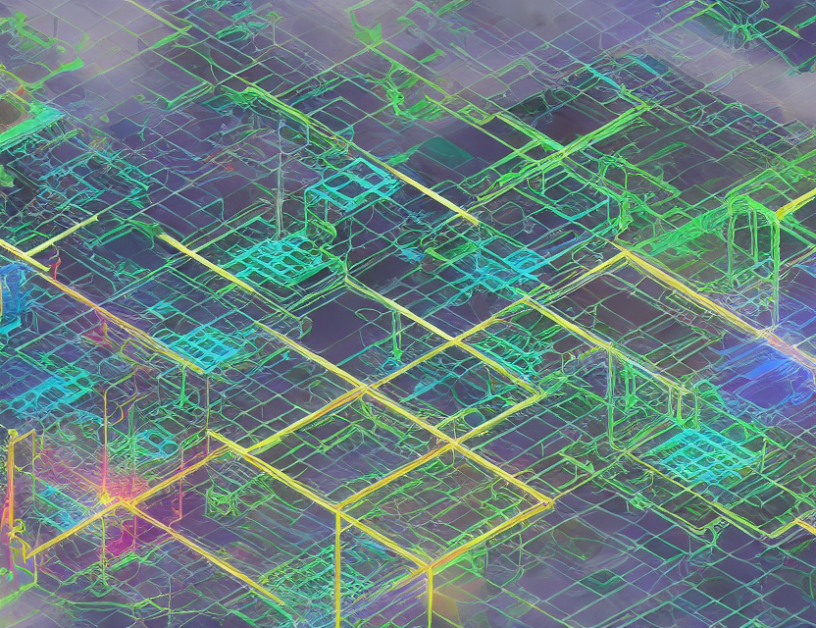In this article, we delve into the realm of deep learning and statistical theories to uncover the mysteries surrounding model complexity. Conventional wisdom dictates that a higher number of parameters equates to increased model complexity, but modern theories challenge this notion. We explore how deep learning architectures can effectively learn complex functions with fewer parameters than traditional models, thanks to their ability to extract low-dimensional features from high-dimensional inputs.
To harness the full potential of deep learning, it’s crucial to store raw data before processing it into a lower dimensionality. This approach enables the use of multiple small datasets and facilitates methods like multitask learning and transfer learning. However, finding the right balance between data size and model depth becomes increasingly challenging, leading to a shift towards databases designed with a hierarchical structure.
In these databases, every data processing step is documented in detail, ensuring clarity and reproducibility. Algorithm-driven data processing methods are stored within the database for future reference, guaranteeing consistency and reliability. By incorporating these principles, we can create more efficient and accurate models that extract meaningful features from high-dimensional inputs.
The article concludes by highlighting the importance of striking a balance between model complexity and the size of the data, rather than solely relying on the number of parameters to determine complexity. By demystifying complex concepts with engaging analogies and everyday language, we can better comprehend the intricacies of deep learning and statistical theories, paving the way for more accurate and efficient models in the future.
Computer Science, Machine Learning
Enriching Materials Informatics with Machine Learning: A Review of Recent Applications and Prospects



